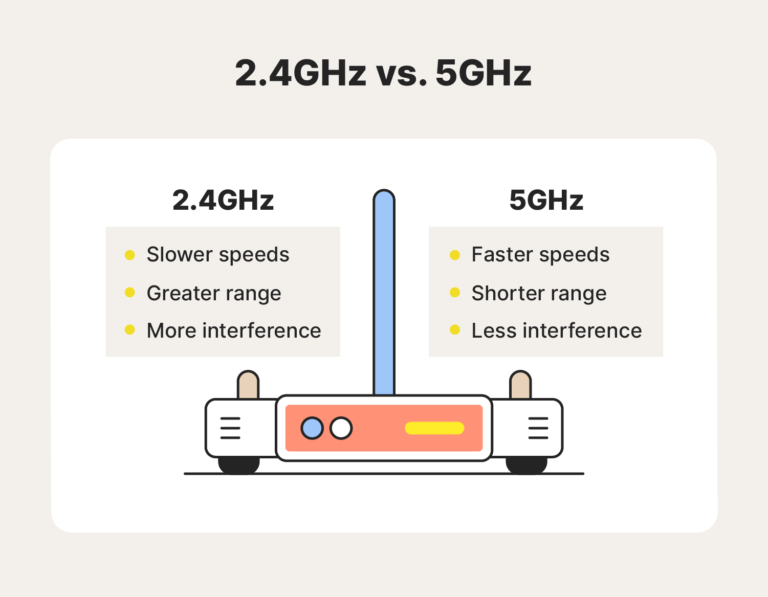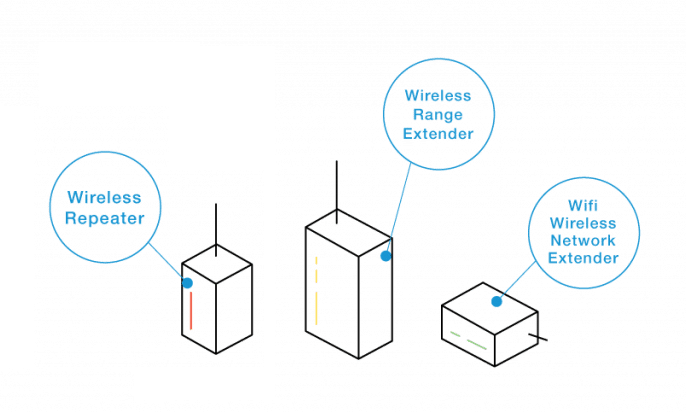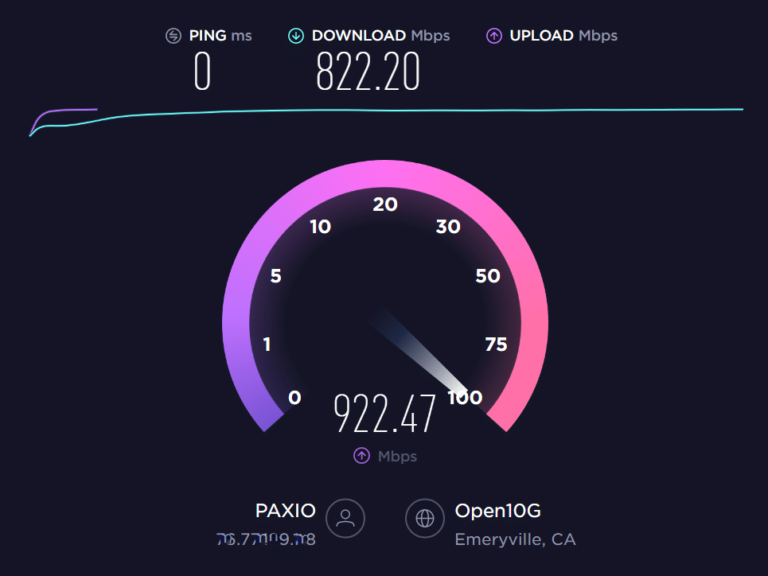Can We Use Machine Learning In Image Processing?
Image processing is a field of computer science that involves the manipulation of digital images. It is used to create, modify and analyze digital images, often in order to improve their quality and resolution. With the recent advancements in machine learning, it is now possible to use this technology to automate many of the processes involved in image processing. Machine learning can be used to identify and classify objects in images, as well as detect anomalies or changes in the environment. With the help of machine learning, image processing can be done more quickly and accurately, leading to better and more reliable results. In this way, machine learning can be a powerful tool for image processing applications.
Overview of Machine Learning and Image Processing
Machine Learning and Image Processing are two powerful and rapidly evolving technologies that are revolutionizing the way we interact with our world. Machine Learning is a form of Artificial Intelligence (AI) which gives computer systems the ability to learn from data, identify patterns, and make decisions without needing to be explicitly programmed. Image Processing is the manipulation of digital images using algorithms and techniques to obtain desired results. Image processing is used to recognize objects, detect edges, sharpen images, and much more. By combining the two technologies, Machine Learning and Image Processing can be used to create powerful applications that can detect and identify objects, detect anomalies, and automate processes. Together, these technologies are enabling us to make smarter decisions and automate complex tasks, making them a powerful tool for many industries.
Benefits of Applying Machine Learning in Image Processing
Image processing is one of the most advanced areas of computer science that has made huge strides in recent years. The use of machine learning in image processing has revolutionized the way images are processed and analyzed. Machine learning has enabled faster and more accurate image processing, allowing for more sophisticated analysis, greater accuracy, and improved results. Through the use of machine learning, image processing can be used to identify objects, detect patterns, and provide insights about the data. This can be used to improve the accuracy of image recognition, object tracking, facial recognition, and other applications. Additionally, machine learning can be used to make predictions from images or detect anomalies. With machine learning, image processing can be used to improve the efficiency of operations and reduce costs. With the help of machine learning, image processing can be used to provide better services, faster results, and more accurate results.
Challenges of Applying Machine Learning in Image Processing
Applying machine learning to image processing is a powerful and effective tool, but it also has its challenges. As with any machine learning application, the challenge is to find a balance between accuracy and speed. Images are complex data structures that require a lot of processing power to identify. This means that it can be difficult to efficiently train machine learning models on the data. Additionally, machine learning algorithms can struggle to cope with noise or distortions in the image data. Finally, there can be a challenge in finding the right machine learning algorithms and parameters to use in order to make accurate predictions. Despite these challenges, machine learning remains a powerful and valuable tool for image processing. With the right tools and techniques, it is possible to achieve impressive results in a relatively short amount of time.
Examples of Machine Learning in Image Processing
Machine learning is revolutionizing the way we process images, allowing us to generate meaningful insights from visual data. Image processing is a form of machine learning that uses algorithms to analyze, interpret, and manipulate visual data. Examples of machine learning in image processing include object detection and recognition, facial recognition, classification and clustering, and image segmentation. Machine learning algorithms are able to detect or classify objects in images, recognize faces, cluster images based on similarity, and isolate objects of interest in an image. This technology is being used in a variety of industries, from healthcare to retail, to improve accuracy, speed, and efficiency. With advances in machine learning, image processing is transforming the way we interact with and understand visual data.
Tools for Implementing Machine Learning in Image Processing
Image processing is the use of computer algorithms to manipulate digital images. Machine learning is now being used to further improve the accuracy and efficiency of image processing. With tools such as convolutional neural networks (CNNs) and deep learning algorithms, it is now possible to automate many of the processes involved in image processing. These tools can be used to detect objects in images, classify images, and segment images into different parts. By leveraging machine learning, image processing can be made more efficient and accurate, enabling it to be used in a wider range of applications.
Conclusion
Blogging is an incredibly powerful way to connect with an audience, share knowledge, and build relationships. Whether you’re looking to build a business, establish a personal brand, or simply entertain and inform, writing a blog can be a great way to do it. From creating content that resonates with your readers to promoting your work and growing your audience, blogging can be a great way to engage with your readers and build an online presence. To get the most out of your blog, it’s important to create content that is interesting, relevant, and engaging. Additionally, it’s important to use social media platforms to promote your blog, as well as to build relationships with your readers. At the end of the day, blogging can be a great way to share your ideas and reach a wide audience. So, if you’re looking to build a successful blog, don’t be afraid to experiment and explore different strategies. With a little bit of effort and dedication, you can create a blog that speaks to your readers and builds a successful online presence.
FAQs About the Can We Use Machine Learning In Image Processing?
1.What types of image processing tasks can be accomplished with machine learning?
Answer: Machine learning can be used for a range of image processing tasks, such as object recognition, image segmentation, and image enhancement.
2.What types of machine learning algorithms are best suited for image processing?
Answer: Convolutional neural networks and deep learning algorithms are the most commonly used machine learning algorithms for image processing.
3.Are there any limitations when using machine learning for image processing?
Answer: Yes, machine learning can be limited by the amount of data and computing power available. It can also be limited by the accuracy of the algorithms used.
Conclusion
In conclusion, Machine Learning can be used in Image Processing to great effect. It can be used to identify, classify, and segment images, as well as to detect objects and text. Machine Learning algorithms can be used to improve the accuracy and speed of image processing tasks, allowing us to process images more efficiently and accurately. Additionally, Machine Learning can be used to improve the quality of images by applying filters and other techniques. With the advances in Machine Learning, Image Processing will continue to be revolutionized.


